How to Create Your First Home Studio in 5 Minutes (Without Breaking the Bank)
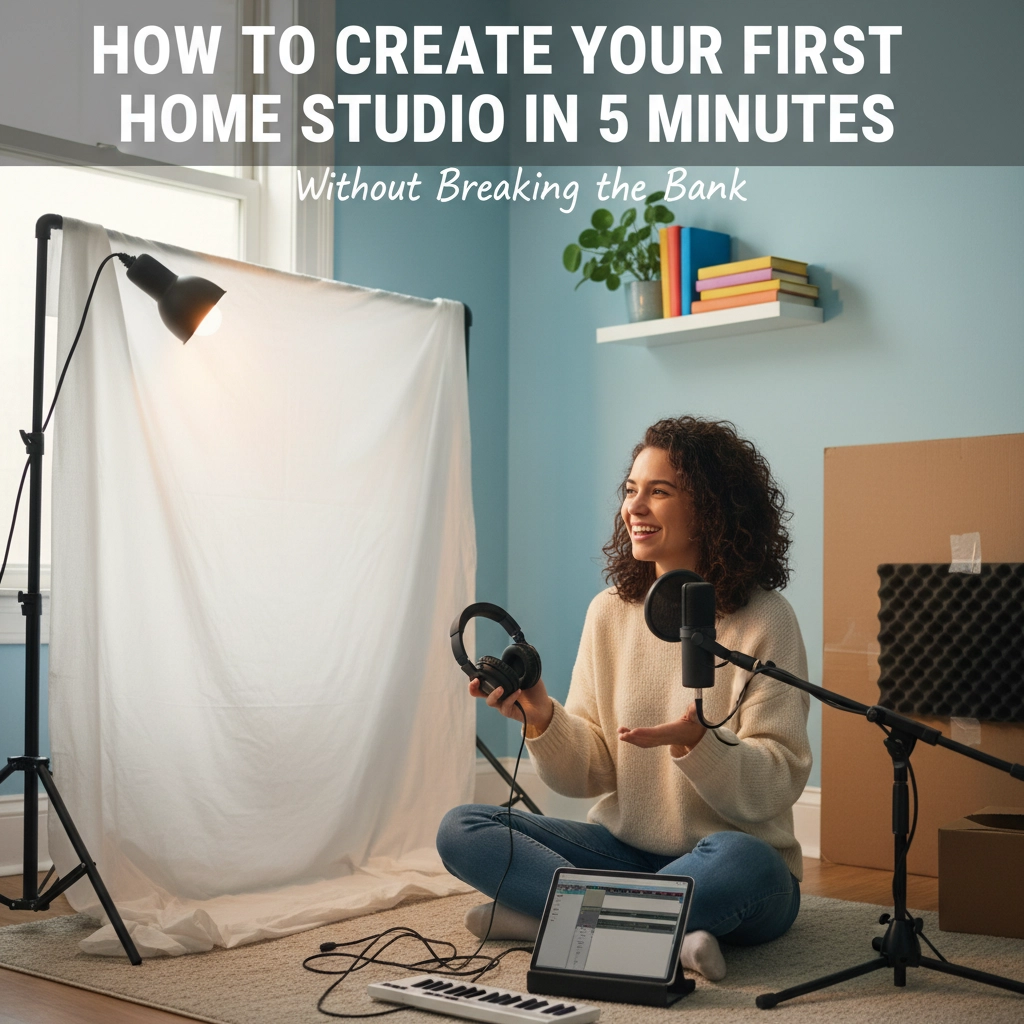
Hey beautiful! Let's be real for a second - you've been dreaming about that perfect home studio setup, haven't you? Maybe you've spent hours scrolling through YouTube videos of elaborate setups with thousands of dollars worth of gear, feeling like you need to save up for months before you can even think about recording your first track.
I'm here to tell you that's complete nonsense.
The truth? You can start creating music in your own space right now, today, with stuff you probably already have lying around. When I say "5 minutes," I'm talking about the time it takes to set up your very first recording session - not building some Pinterest-worthy studio that'll make your neighbors jealous.
What You Actually Need (Spoiler: It's Less Than You Think)
Let's strip this down to the absolute essentials. A home studio is really just four things:
- A computer (yep, that laptop you're reading this on works perfectly)
- Something to record with (your phone's headphones with a mic? That counts)
- A way to listen back (any headphones or earbuds)
- Recording software (lots of free options - we'll get to that)
That's it. Seriously. I've heard incredible tracks recorded with setups that cost less than a nice dinner out.
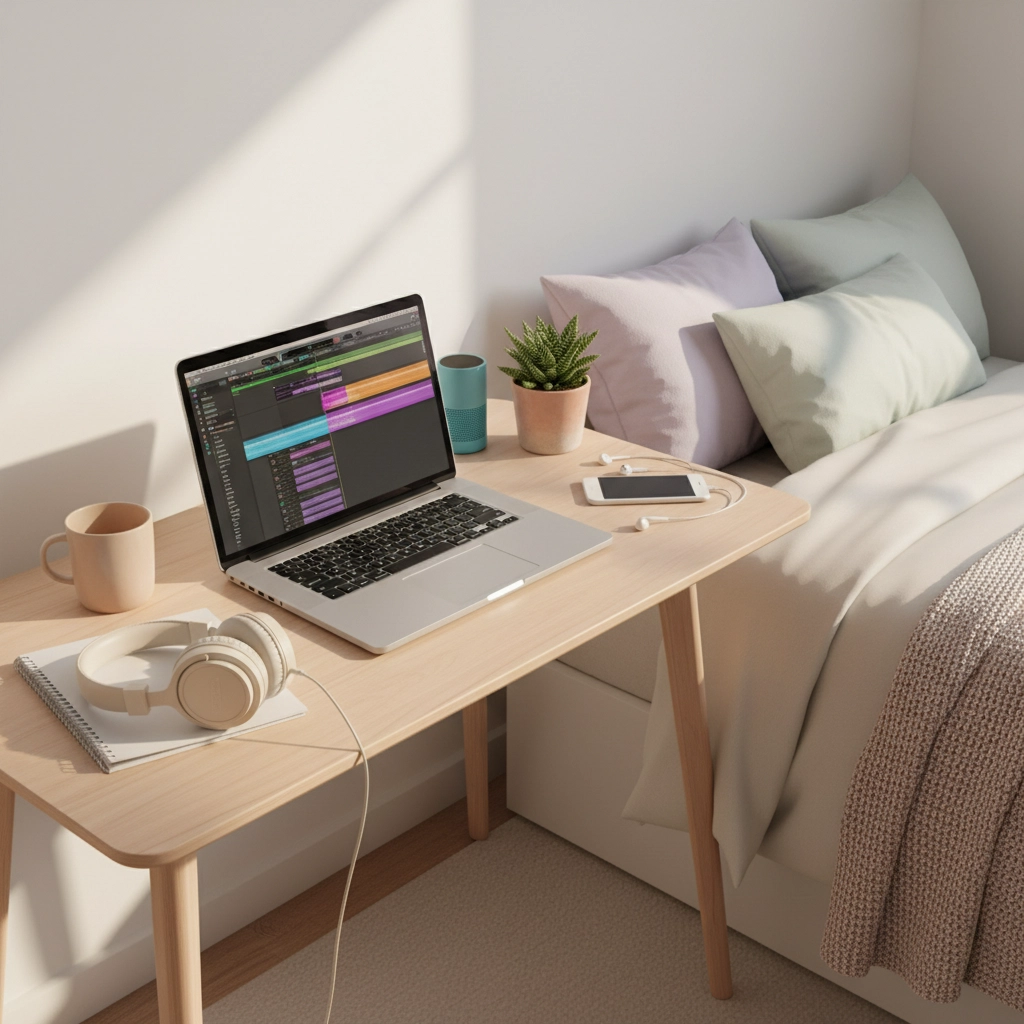
Start With What You've Got
Before you spend a single penny, let's see what's already in your arsenal. That laptop or desktop computer you use for everything else? Perfect starting point. As long as it's not from the stone age (anything made in the last 5-7 years should work), you're golden.
Got a pair of headphones? Amazing. They don't need to be fancy studio monitors - your everyday headphones will let you hear what you're creating and make basic adjustments. I know producers who still use their old gaming headset for late-night sessions because it gets the job done without waking the whole house.
The Free Software That'll Blow Your Mind
This is where things get exciting. You don't need to drop hundreds on professional software right out the gate. GarageBand comes free with every Mac and honestly? It's more powerful than some paid programs I used years ago. PC folks, don't worry - Audacity is completely free and perfect for getting your feet wet.
But here's my favorite secret weapon: browser-based DAWs like Soundtrap. No downloads, no storage space eaten up on your computer, and you can access your projects from anywhere with internet. Plus, most offer free tiers that give you everything you need to start creating.
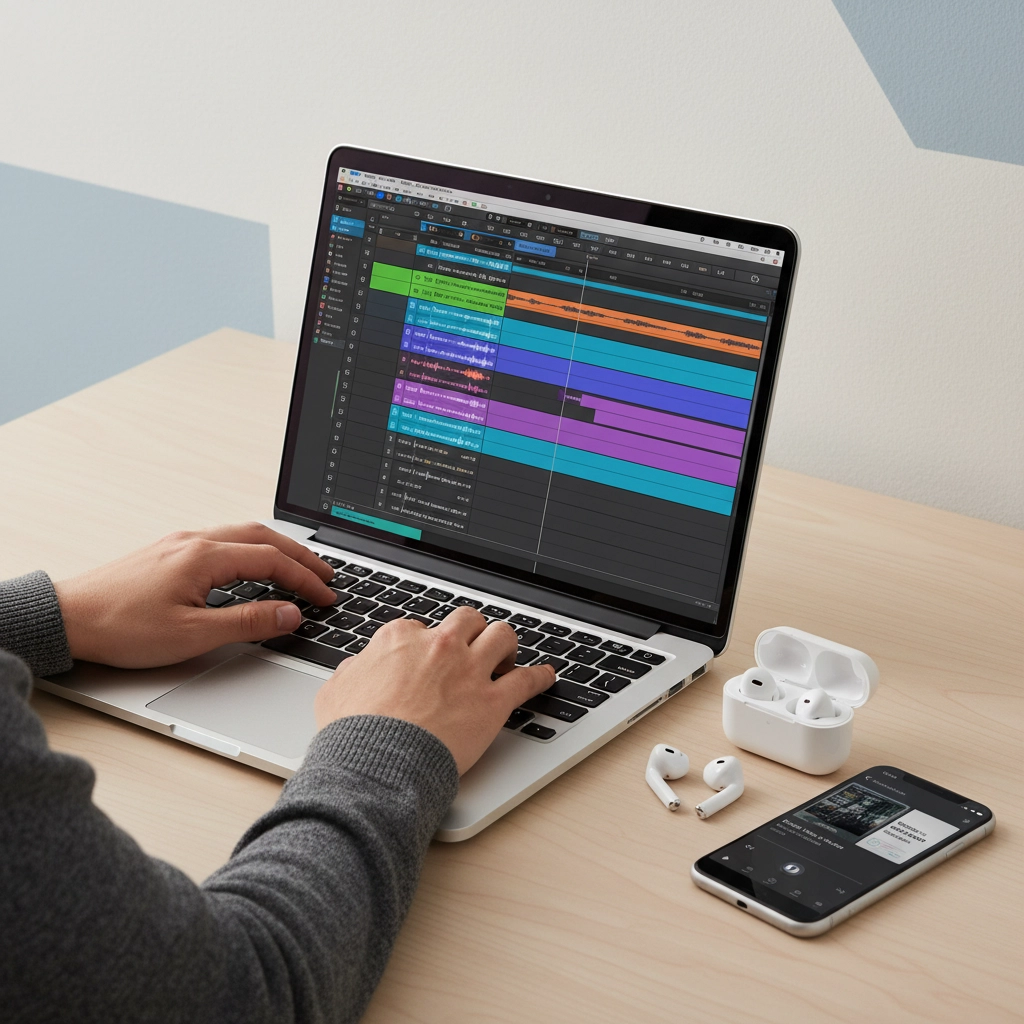
Your 5-Minute Setup (For Real This Time)
Okay, let's actually do this thing:
Minute 1-2: Download your chosen DAW or open your browser-based option. Create your first project and just click around for a second. Don't overthink it - you're just getting familiar.
Minute 3: Plug in your headphones and test your microphone (built-in laptop mic, phone headphones, whatever you've got). Record yourself saying "testing, testing" and play it back. Congratulations - you just made your first recording!
Minute 4-5: Lay down a simple beat or melody. Most free DAWs come with basic loops and sounds. Pick something that makes you smile and loop it for 30 seconds.
Done. You now have a functioning home studio.
When Spending Money Actually Makes Sense
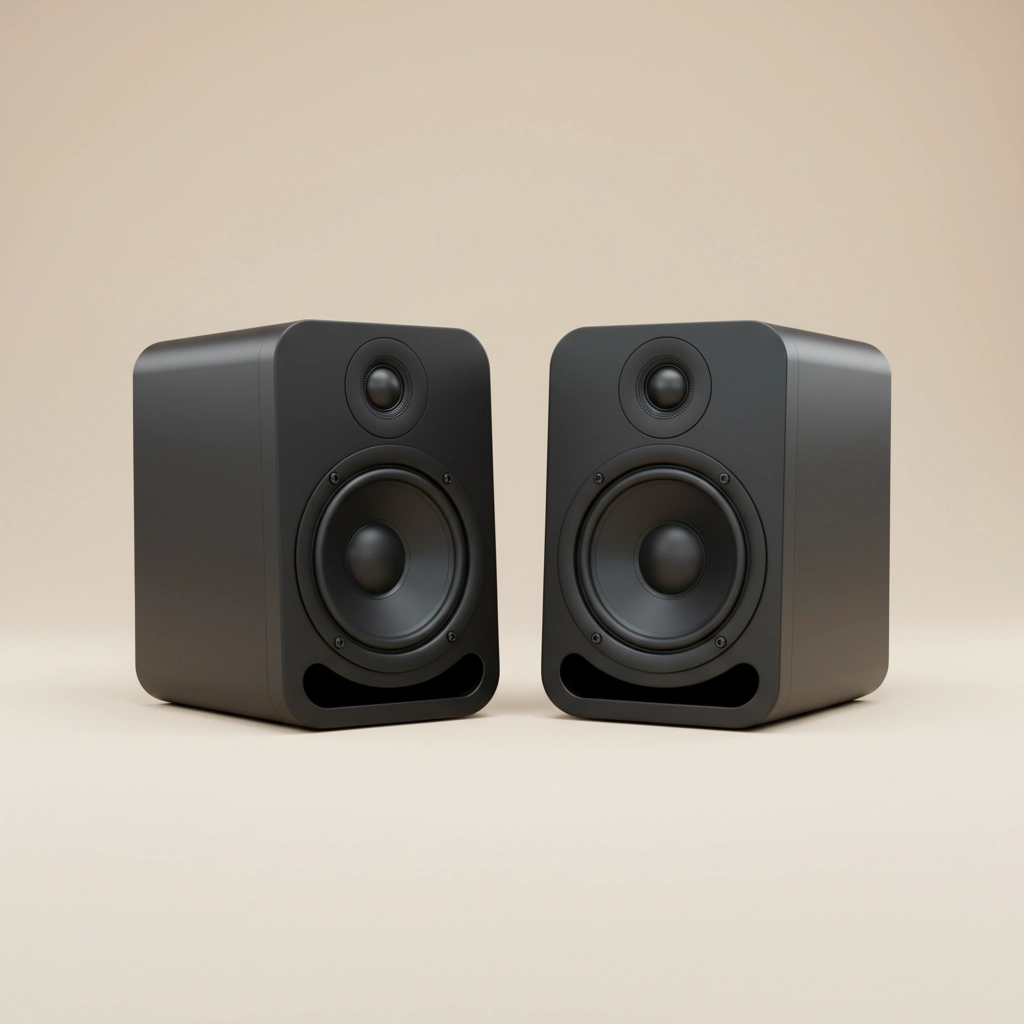
Look, I'm not going to pretend that all gear is created equal. Eventually, you might want to upgrade, and that's totally fine. But here's the thing - upgrade based on actual limitations, not imagined ones.
If you find yourself recording vocals regularly and your built-in mic picks up every car that drives by, then consider a USB microphone (you can get decent ones for $50-100). If your headphones make everything sound muddy and you can't tell if your mix is actually good, then think about studio headphones.
The sweet spot for a "real" upgrade is around $200-300 total. That'll get you a simple audio interface, a decent microphone, and better monitoring. But honestly? I've heard hit songs that started with less.
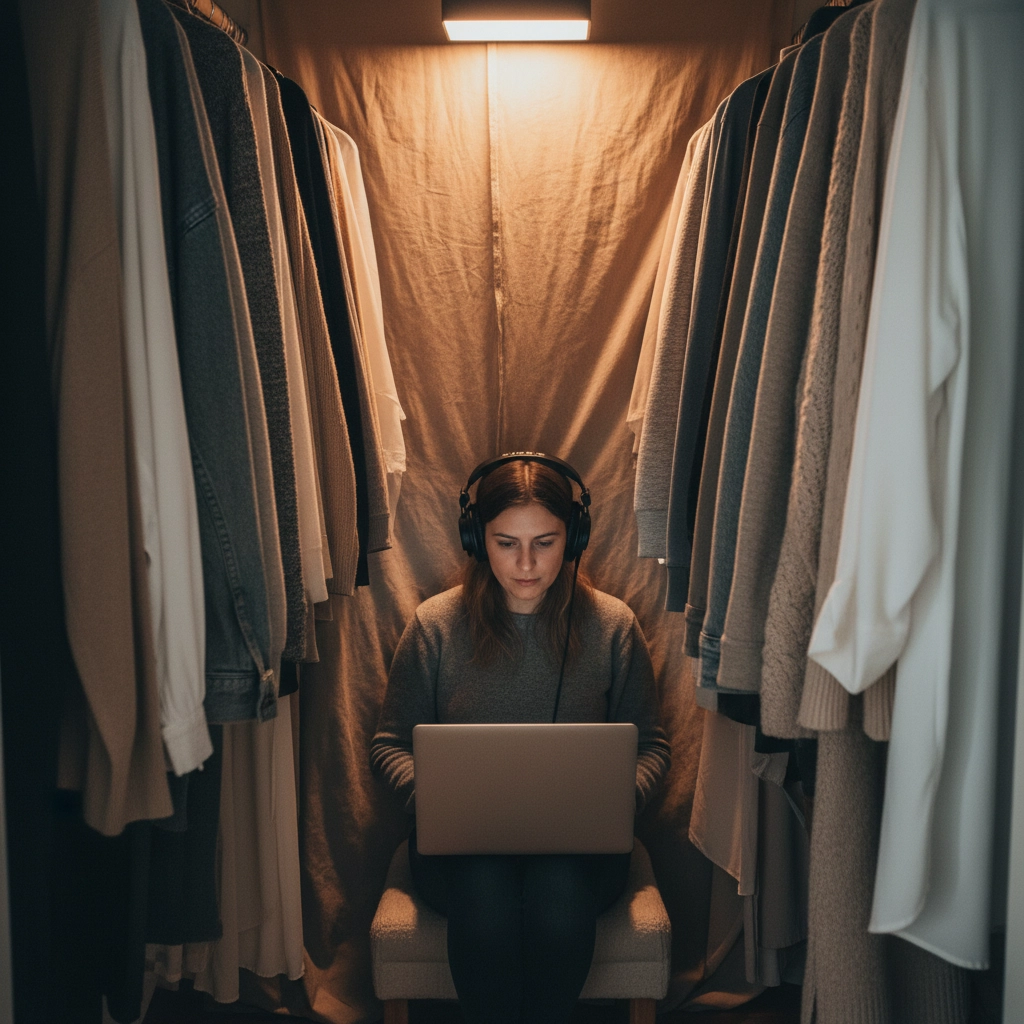
Your Space Matters More Than Your Gear
Here's something most people don't talk about: your recording environment is probably more important than expensive equipment.
Pick the quietest room in your place. If that's your bedroom at 2 AM, so be it. Thick curtains, carpets, and even hanging blankets can do wonders for your sound quality - way more than a fancy microphone in a terrible-sounding room.
I love recording in closets full of clothes (natural sound absorption!) or even under a thick blanket for intimate vocal takes. It might look silly, but the results speak for themselves.
The Mindset Shift That Changes Everything
You know what separates successful home producers from people who never start? They focus on creating, not collecting gear.
Every minute you spend researching the "perfect" setup is a minute you're not making music. Every dollar you convince yourself you "need" to spend before you can begin is just fear dressed up as preparation.
Your favorite artists didn't wait for permission or perfect conditions. They used what they had, learned as they went, and got better through doing, not through having the fanciest toys.
Building Your Skills While Building Your Setup
As you start creating regularly (and you will, because now you have zero excuses!), you'll naturally discover what you actually need versus what you think you need.
Maybe you'll realize you're always recording vocals and would benefit from a pop filter. Maybe you'll find yourself wanting to record guitar directly and need an audio interface. Maybe you'll discover you love creating beats and want a MIDI keyboard.
Let your music guide your purchases, not the other way around.
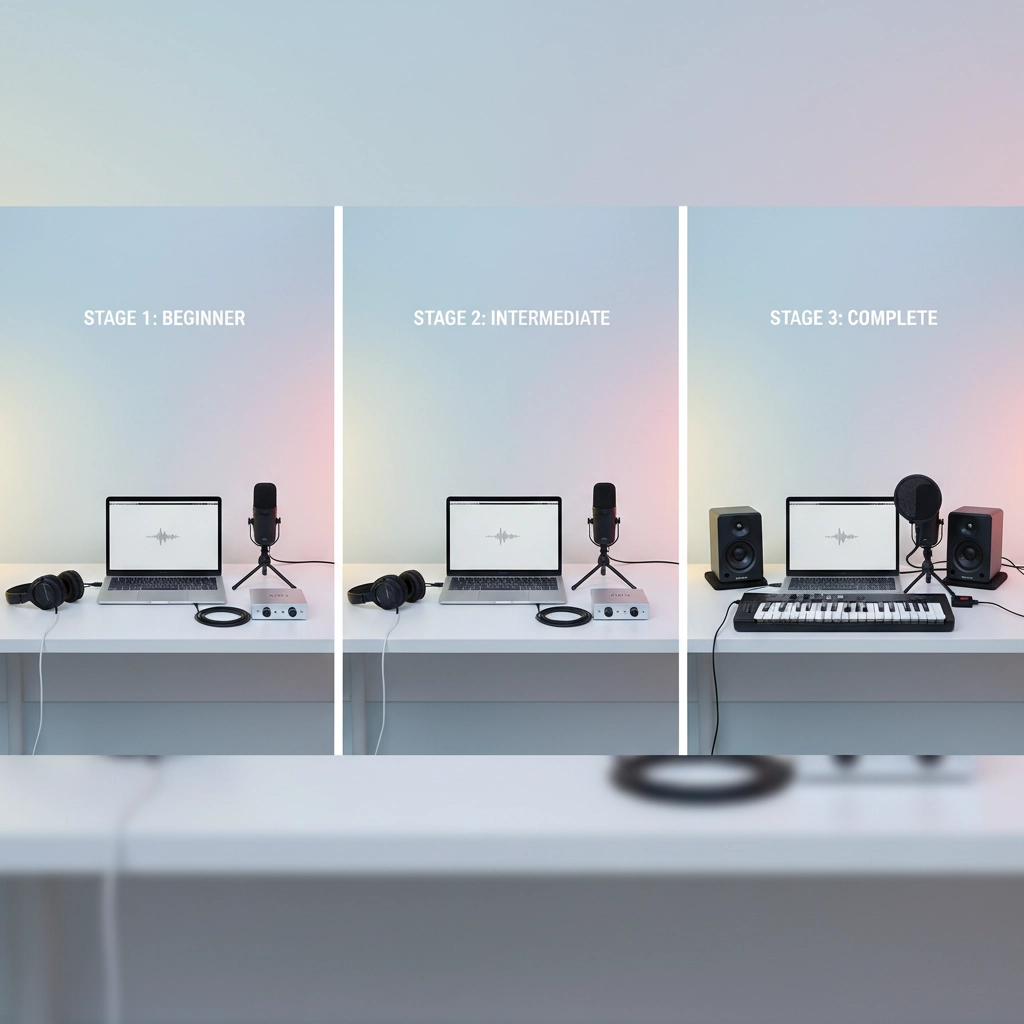
The Truth About "Professional" Sound
Here's a little secret from someone who's been in this game for a while: listeners care way more about your song than your sound quality. A great melody recorded on a phone can touch more hearts than a technically perfect but emotionally empty track recorded in a million-dollar studio.
Focus on writing, creating, and expressing yourself. The technical stuff? You'll pick it up as you go. Every professional producer started exactly where you are right now - with more enthusiasm than equipment and a burning desire to create.
Your Next Steps
So what happens after your 5-minute setup? You keep going. Record something every day, even if it's just humming a melody or tapping out a rhythm. Export those little creations and listen to them later - you'll be amazed at what your subconscious picks up on.
Join online communities where people share their home recordings. You'll quickly realize that everyone's figuring it out as they go, and the supportive energy will keep you motivated when you hit creative blocks.
Most importantly, give yourself permission to make bad recordings. Every professional has gigabytes of terrible experiments hidden on their hard drives. The difference is they didn't let those stop them from making the next one, and the next one, and the next one.
Your home studio journey starts right now, with whatever you have, wherever you are. Stop planning and start playing. The world needs to hear what you're going to create.
Ready to dive in? I'd love to hear about your first recording adventures - drop me a line and let me know how it goes!
xx